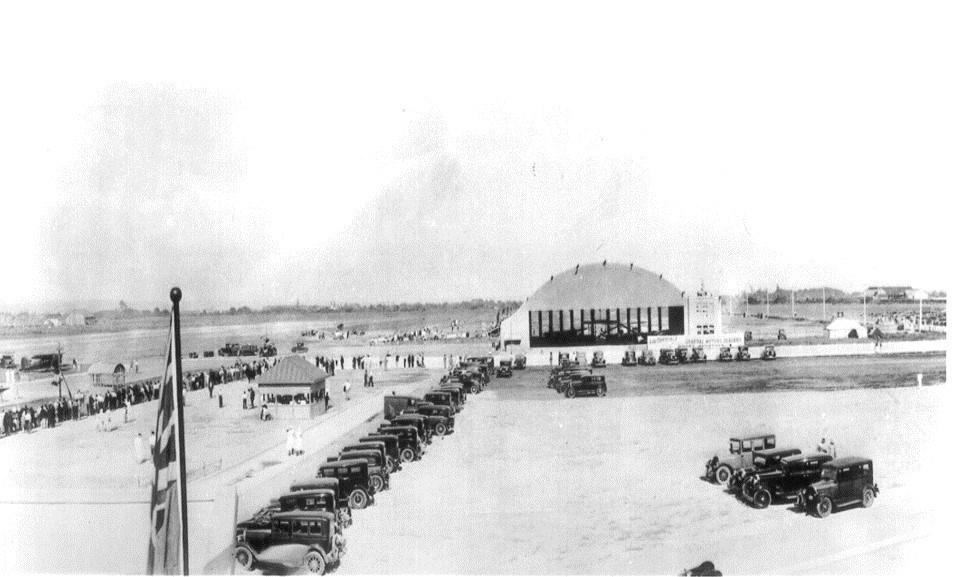Thousands of people turned out to celebrate the grand opening of the airport on Sea Island in 1931 – but Vancouver International Airport’s 90th anniversary looks a little different.
“We could never have anticipated that we would be celebrating 90 years of aviation, innovation, teamwork and community during a global pandemic,” a YVR spokesperson said in a statement.
The airport is holding off on large gatherings as the province continues to move through its restart plan. However, it intends “to celebrate in full fashion with the community when the time is right,” the spokesperson said.
Instead, the airport is marking its 90th with a digital, interactive timeline highlighting ninety major milestones.
“Today we celebrate how far we’ve come and where we’re going as we welcome back passengers and build on our role as our region’s gateway to the new economy.”
Work to build the airport began after renowned aviator Charles Lindbergh snubbed Vancouver on his North American tour in 1927, stating that “there is no field fit to land on.”
When the airport opened on July 22, 1931, it was made up of a single runway and small, wood-framed two-storey administration building, plus two concrete hangers, a float plane harbour and a control tower.
That year, the airport welcomed just 1,072 passengers.
Since then, YVR has transformed into a trans-Pacific hub and Canada’s second busiest airport.
The airport underwent expansion – including new land, aircraft carriers and a new manufacturing plant – during the Second World War, when it was leased to the Department of National Defence from the City of Vancouver.
In 1947, the airport's name was officially changed to Vancouver International Airport.
A new runway was added in 1953 in response to demand for overseas passenger flights, and in 1968, a new international terminal opened, serving 1.9 million passengers its first year and bringing new routes and carriers to YVR.
In the 1980s, more routes and carriers were added, and a new international terminal built between 1992 and 1996. Expansions continued through the 2000s and up to the present.
Other key moments showcased in the timeline include the installation of the Musqueam Welcome Figures in 1996, the diversion of 34 U.S.-bound flights, carrying a total of 8,500 passengers, to YVR following 9/11, the 2010 Olympics and the signing of the 30-year friendship agreement with Musqueam in 2017, as well as COVID-19, which saw passenger traffic drop by more than 90 per cent.



